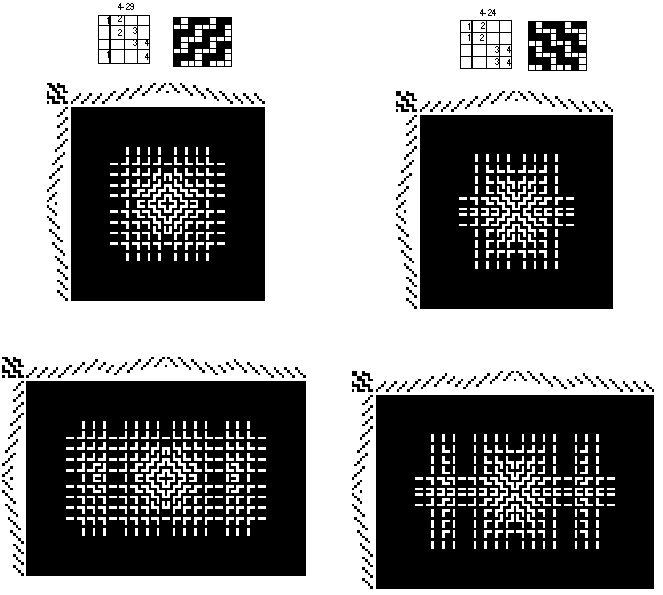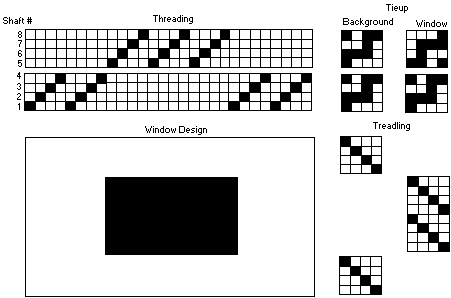
A Glimpse of Chapter 3. Some Networked Double Weave Designs, Using Tieups
Three different ways to develop designs are presented in this chapter. The window and checkerboard designs for double weave form the basis for the discussion.

Each design is labeled as in chapter 3.
Traditional Double Weave
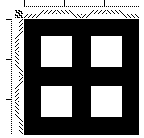
Transition I A in Threading and Treadling
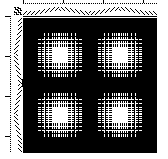
B. The Checkerboard Design in Double Weave. Threading to Drawdown
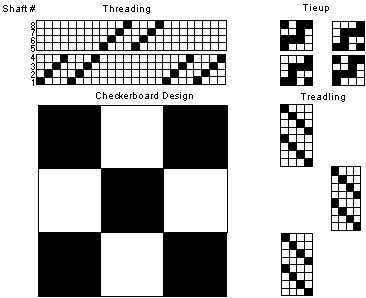
Checkerboard Design in Traditional Double Weave
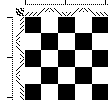
Transition I A in Threading and Treadling
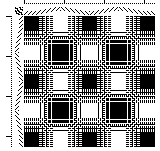
C. The Development of a Design in Networked Double Weave
The checkerboard design using transition II B in the threading and treadling was modified first by enlarging the central dark square. Then the checkerboard design was surrounded with a dark border. This required using shafts 9-12. The design can be thought of as a window design where the window element is a checkerboard.
Checkerboard Design II B
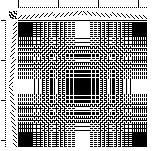
Initial Variation of Design II B
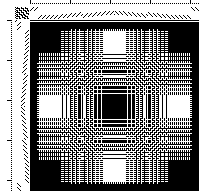
I felt the design was too complex and decided to simplify it by deleting certain sections of the threading and treadling plans. The result looks like this, which I thought was a much better design.
Variation II for Checkerboard Design II B
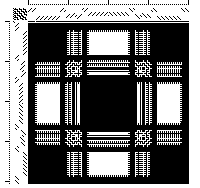
D. A Different Treatment for the Window Design. Changing the Tieup or Peg Plan.
The development of the drawdown for the window design is repeated here so you can see the changes I want to make in the tieup diagram.

But now the tieup part of the diagram is changed. The tieup for the window section has been left blank to emphasize that any of the 254 tieups or peg plans can be used.
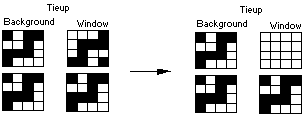
Several examples indicate the possibilities for designs. The tieup and drawdown diagrams are shown above each design.
